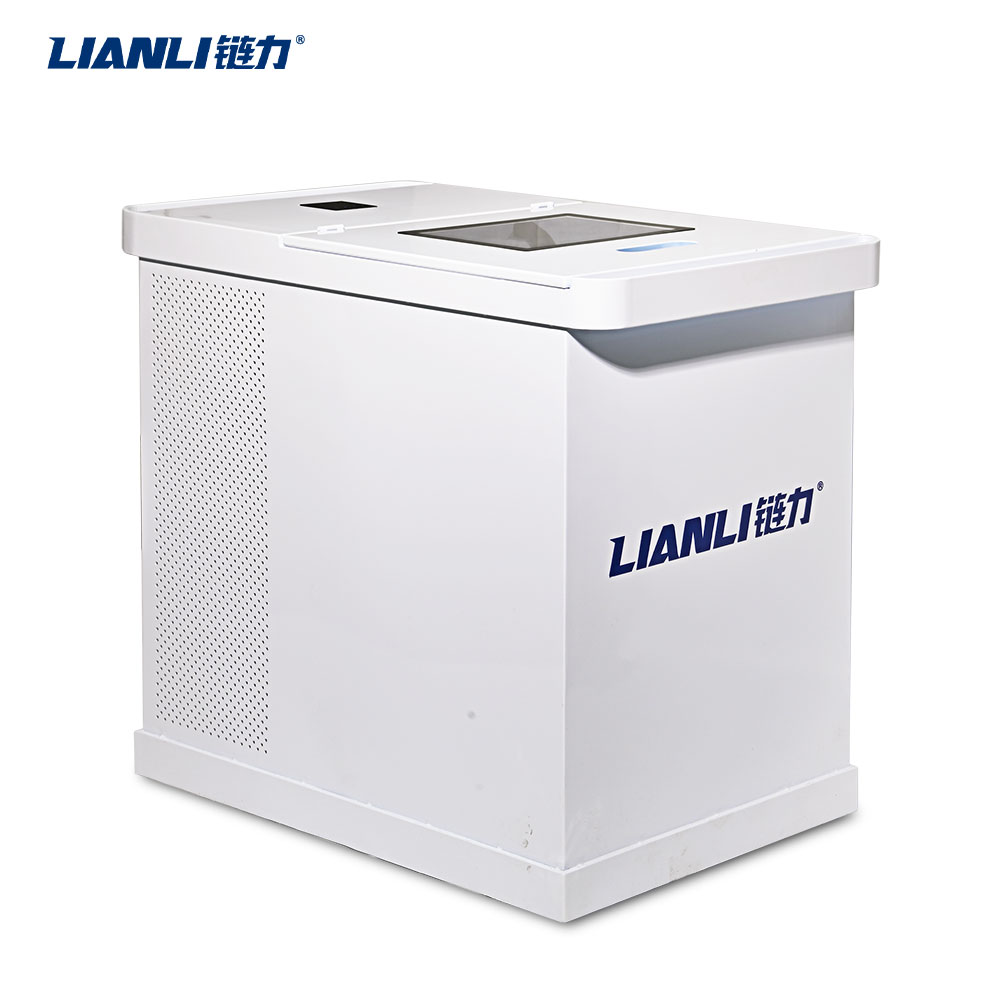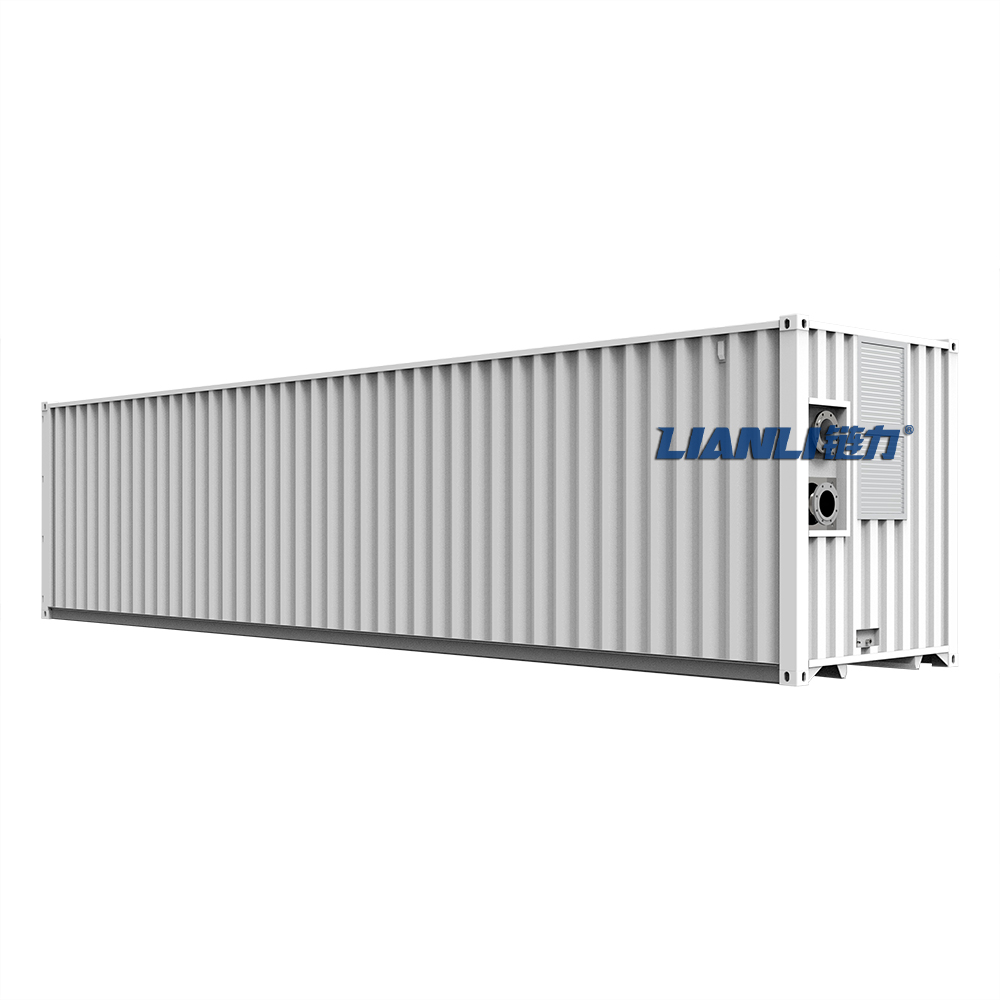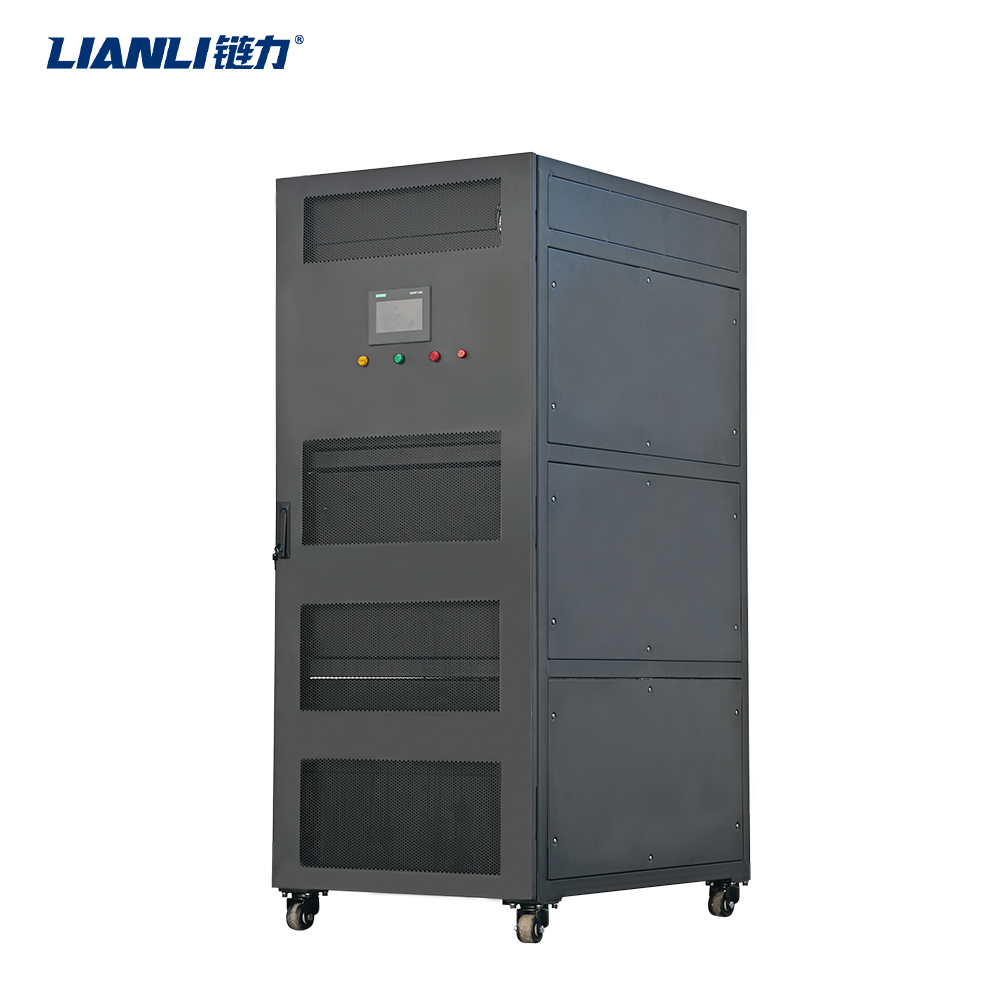The Linguistics of Liquid Cooling in .Mining Documentation
In the rapidly evolving world of cryptocurrency mining, technological advancements continuously reshape industry standards and practices. One such innovation is
liquid cooling, a method increasingly adopted to manage the immense heat generated by mining hardware. Beyond its engineering significance, the language used to describe and document liquid cooling in mining contexts offers a unique lens into how technical communication evolves alongside technological progress.
The Rise of Liquid Cooling in Mining
Liquid cooling refers to the use of liquid—often water, dielectric fluids, or specialized coolants—to absorb and dissipate heat from high-performance computing systems. In cryptocurrency mining, where Application-Specific Integrated Circuits (ASICs) and Graphics Processing Units (GPUs) operate under extreme workloads, liquid cooling has become a preferred solution for maintaining optimal thermal performance. As this method gains traction, the terminology and linguistic structures used to explain it in mining documentation have also evolved.



Terminology and Technical Communication
Mining documentation often targets a dual audience: technical professionals and investors or operators with varying levels of technical literacy. This dual focus shapes the linguistic strategies employed. For instance, terms like
“direct-to-chip cooling”,
“immersion cooling”, and
“heat exchange efficiency” are frequently used to convey technical precision while maintaining accessibility.
Moreover, the documentation often employs
metaphorical language to simplify complex thermal dynamics. Phrases like “liquid wraps around the components” or “the coolant carries heat away like a river” help bridge the gap between abstract thermodynamic principles and practical understanding.
The Role of Liquid Cooling in Mining Documentation
The integration of
liquid cooling in mining documentation serves multiple functions:
- Educational: It informs users about the benefits and operational nuances of liquid cooling systems.
- Persuasive: Manufacturers and solution providers use specific language to position liquid cooling as superior to traditional air cooling.
- Standardizing: As the industry matures, consistent terminology helps in creating universal standards and best practices.
Phrases such as “liquid cooling enhances mining efficiency” or “adopting liquid cooling reduces long-term operational costs” are commonly found in whitepapers and technical guides, reflecting both the technical and marketing dimensions of the language used.
Future Linguistic Trends
As liquid cooling becomes more mainstream, the associated language in mining documentation is likely to become more standardized. However, new innovations—such as
two-phase immersion cooling or
modular liquid cooling systems—will continue to introduce fresh terminology. The linguistic evolution will reflect not only technological changes but also shifts in user expectations and industry maturity.
In conclusion, the linguistics of
liquid cooling in mining documentation is more than a technical detail—it is a reflection of how industries communicate complexity, foster adoption, and shape narratives around emerging technologies.







